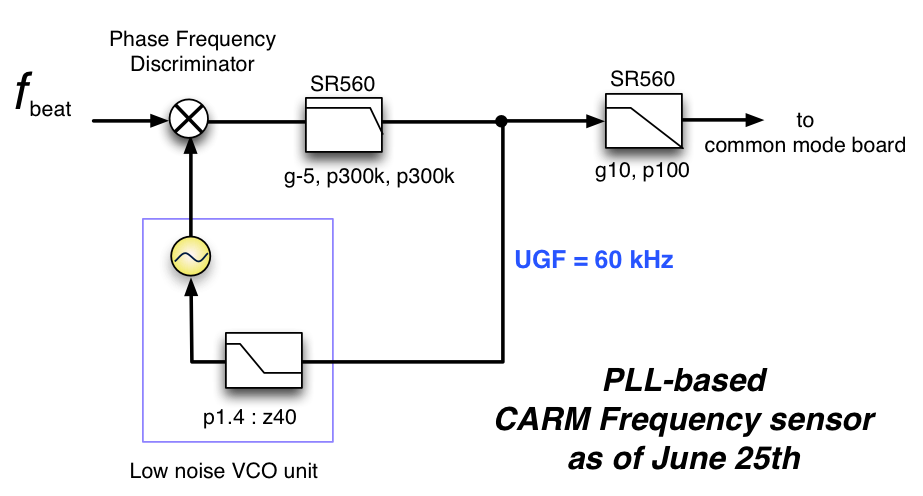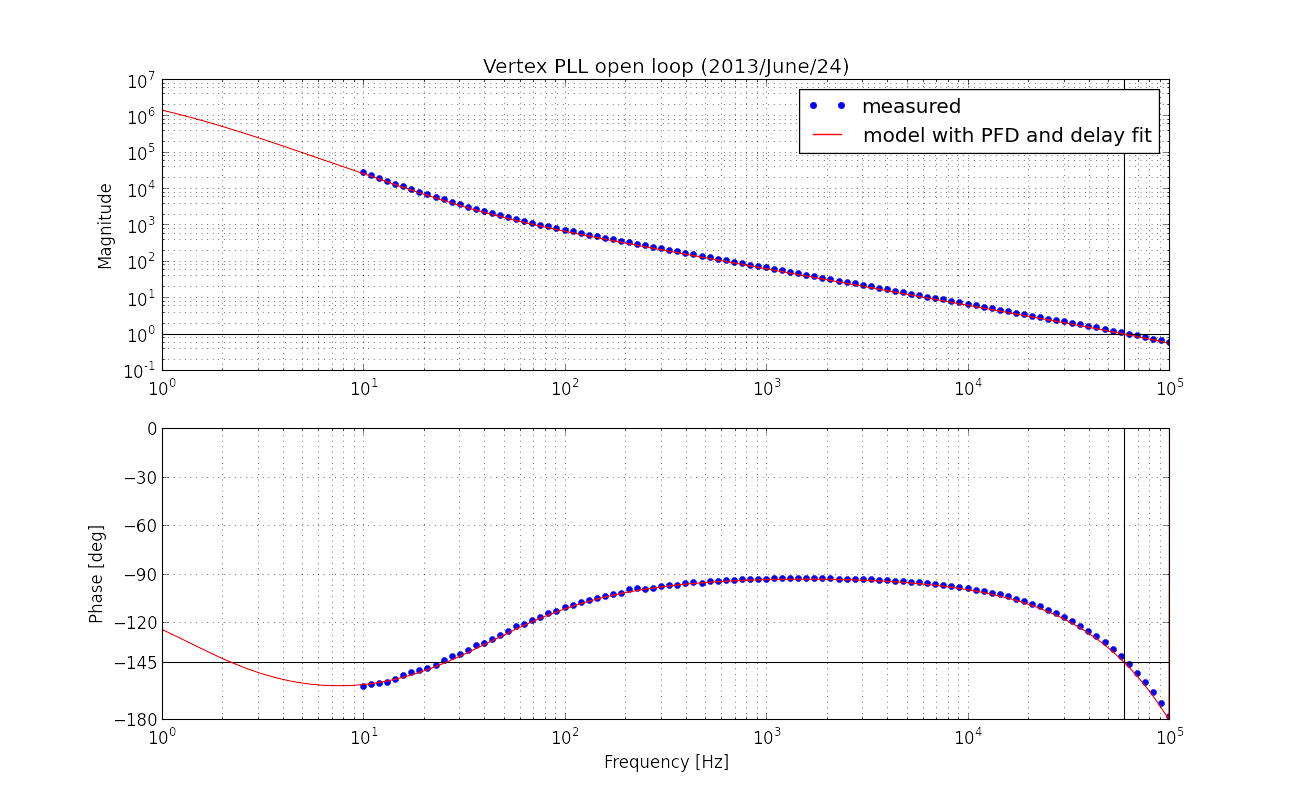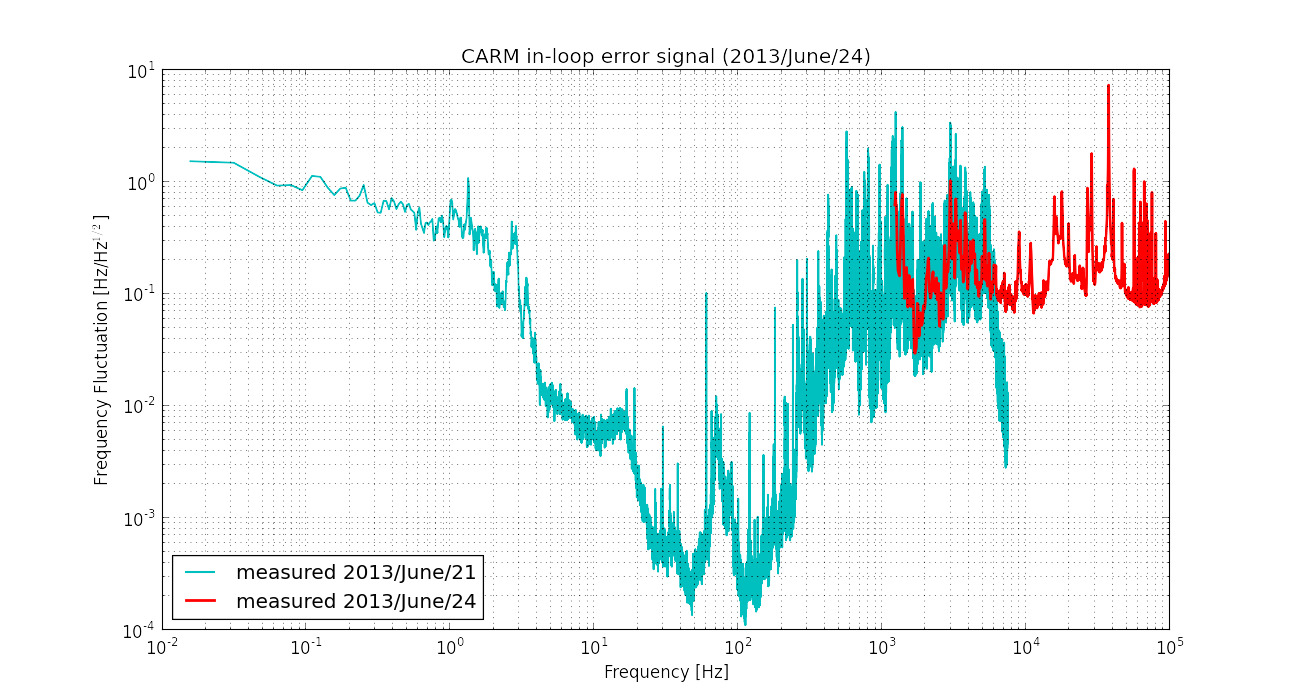· HAM 1
o HEPI unlocked and running
Ongoing commissioing
· HAM2
o ISI: previously commissioned with HEPI locked (recent performance spectra), currently unlocked, in vacuum
o HEPI: to be commissioned, currently locked, models and electronics ready. Commissioning could start once HEPI is unlocked.
· HAM 3
o ISI: previously commissioned with HEPI locked (recent performance spectra), currently unlocked, in vacuum
o HEPI: To be commissioned, currently locked, model and electronics ready. Commissioning could start once HEPI is unlocked.
· HAM 4
o ISI: In chamber, Previously tested during assembly validation, currently locked, no suspension installed, in-vac cables not connected, chamber temporarily closed.
Electronics ready, in field cables ready, in-rack cables 90%
Simulink Model was created.
Model is running, and MEDM screens are available in the Sitemap.
o HEPI: Currently locked, to be commissioned
Electronics ready, in field cables ready, in-rack cables 90%
Simulink Model was created.
Model is running, and MEDM screens are available in the Sitemap.
· HAM 5
o ISI: In Chamber, Previously tested during assembly validation, currently locked, no suspension installed, in-vac cables not connected, chamber temporarily closed.
Electronics ready, in field cables ready, in-rack cables 90%
Simulink Model was created.
Model is running, and MEDM screens are available in the Sitemap.
o HEPI: Currently locked, to be commissioned
Electronics ready, in field cables ready, in-rack cables 90%
Simulink Model was created.
Model is running, and MEDM screens are available in the Sitemap.
· HAM 6
o ISI: in a container. Need to be retrofitted with aLIGO censors (GS13, CPS) and to receive a new set of Actuator Cables. Cables and inertial sensors will be tested prior to installation. All this will happen chamber-side prior to installation in chamber. Commissioning will follow.
Electronics and cables started, the rest is ordered.
Simulink Model was created.
Model is running, and MEDM screens are available in the Sitemap.
o HEPI: Currently locked, to be commissioned
Electronics ready, in-rack cables 90%
Simulink Model was created.
Model is running, and MEDM screens are available in the Sitemap.






















